- Proof print in excellent condition
Willibrord Haas calls his nudes, which stage the charms of the male body, "ignudi: "Ignudi is Italian and means 'naked, bare' in English, ignudo is known as the singular masculine, corresponding to Michelangelo's many magnificent naked youth figures that adorn the corners of the ceiling paintings in the Sistine Chapel -ignudi-. [This term implies the absence of shame, whereas the term -naked- is full of embarrassment".
"The male figures present themselves free of shame without crossing the line into obscenity, even if sexual eros is the "driving force" of the depiction: "I am not the only one who notices that parts that are usually below the pubic line have become the focus of my attention, and I also find it amusing!"
Willibrord Haas
About the artist
Willibrord Haas studied at the Munich Art Academy from 1954 to 1960 with Hermann Kaspar, Richard Seewald, Charles Crodel and Georg Schmidt. He also attended university courses with art historian Hans Sedlmayr and religious philosopher Romano Guardini. After completing his master's degree, Haas settled in Berlin, where he founded his own etching studio in 1972 with his wife, the artist Helga Wirth.
His artistic development was influenced by his encounter with Joseph Beuys, whom he visited in his Düsseldorf studio in 1967. Inspired by Beuys' artistic thinking, he developed the color worlds characteristic of his later work, which are carried by an outwardly radiating energy and which he himself describes as "soul landscapes. In addition, Haas repeatedly created male nudes, which are also imbued with an energetic vitality.
"... the small sheet lies in front of me, I have complete freedom, I can make anything out of it, a little kingdom, no one can talk me into it, and often the spontaneous magic of droplets, lines of drops, lines, surfaces, and I have created a little happiness".
Willibrord Haas


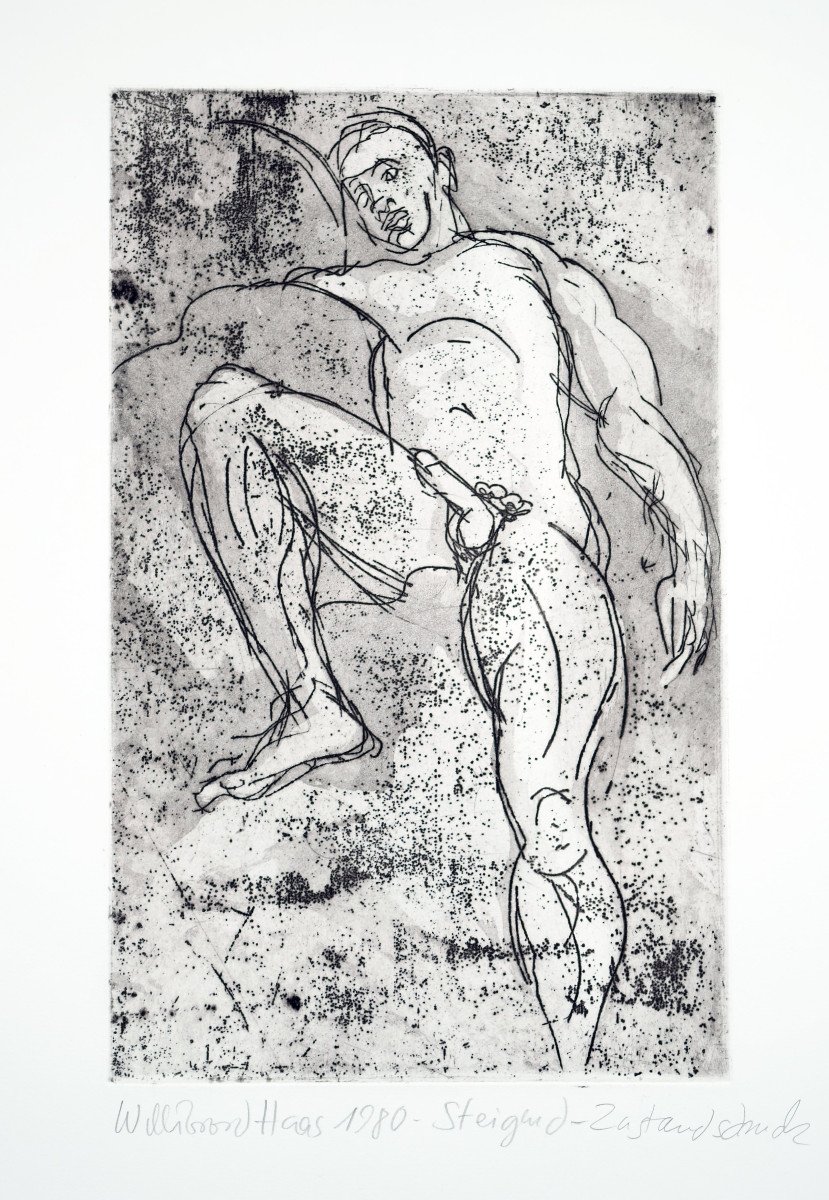

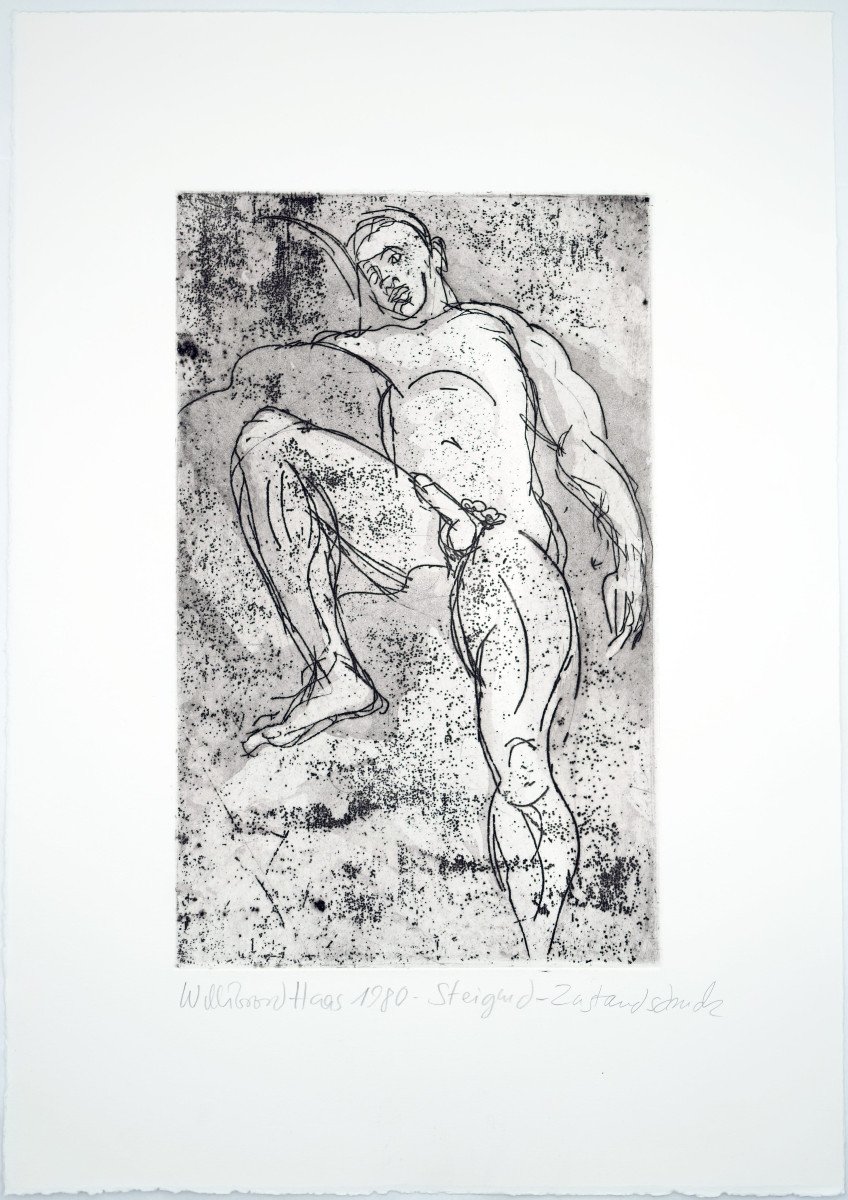
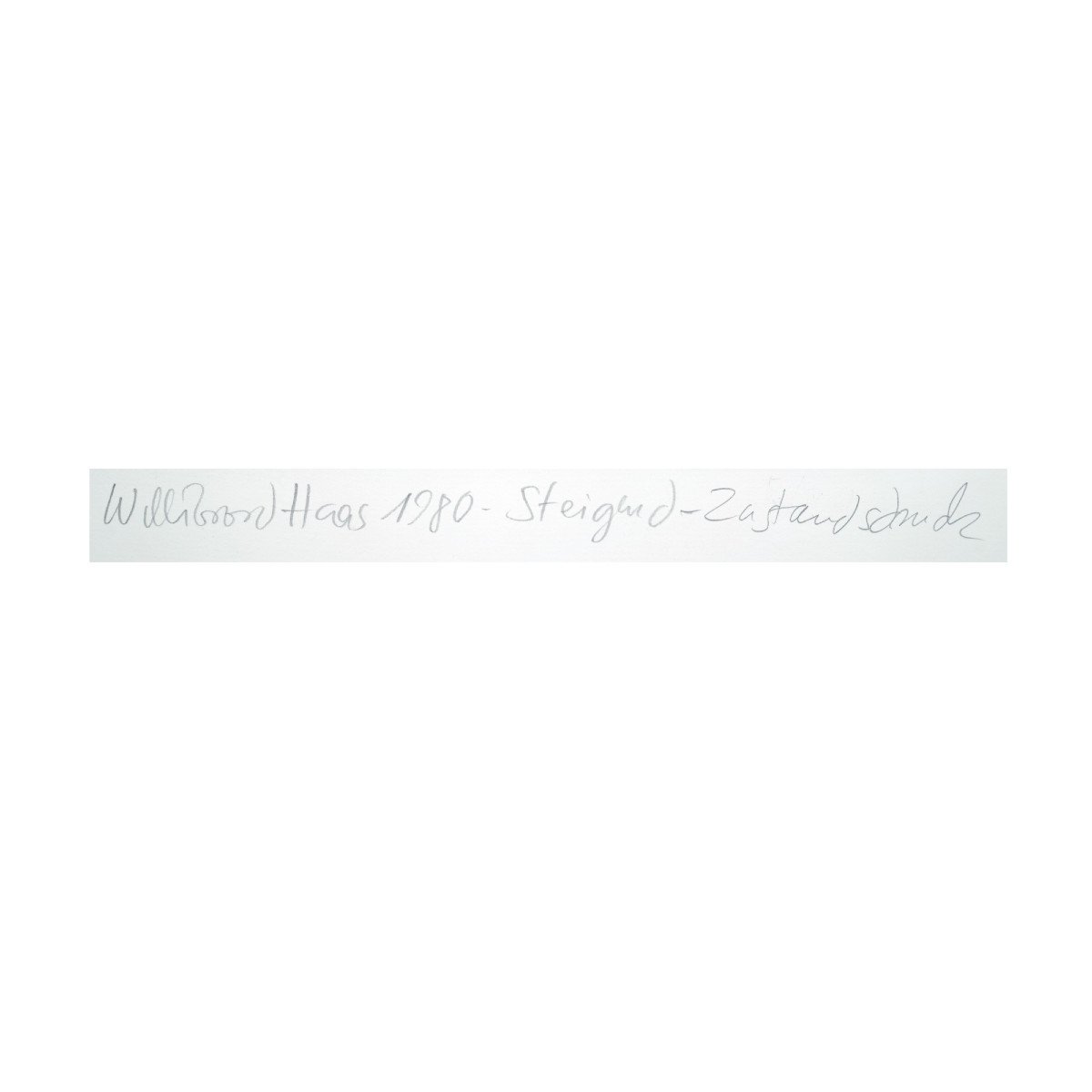






















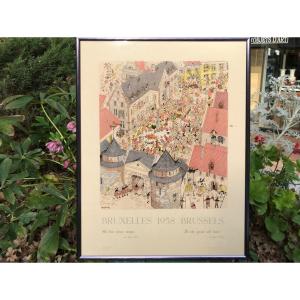
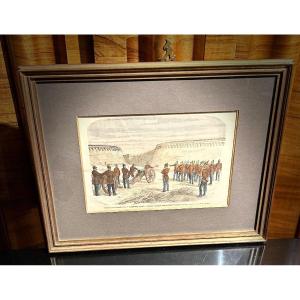




 Le Magazine de PROANTIC
Le Magazine de PROANTIC TRÉSORS Magazine
TRÉSORS Magazine Rivista Artiquariato
Rivista Artiquariato